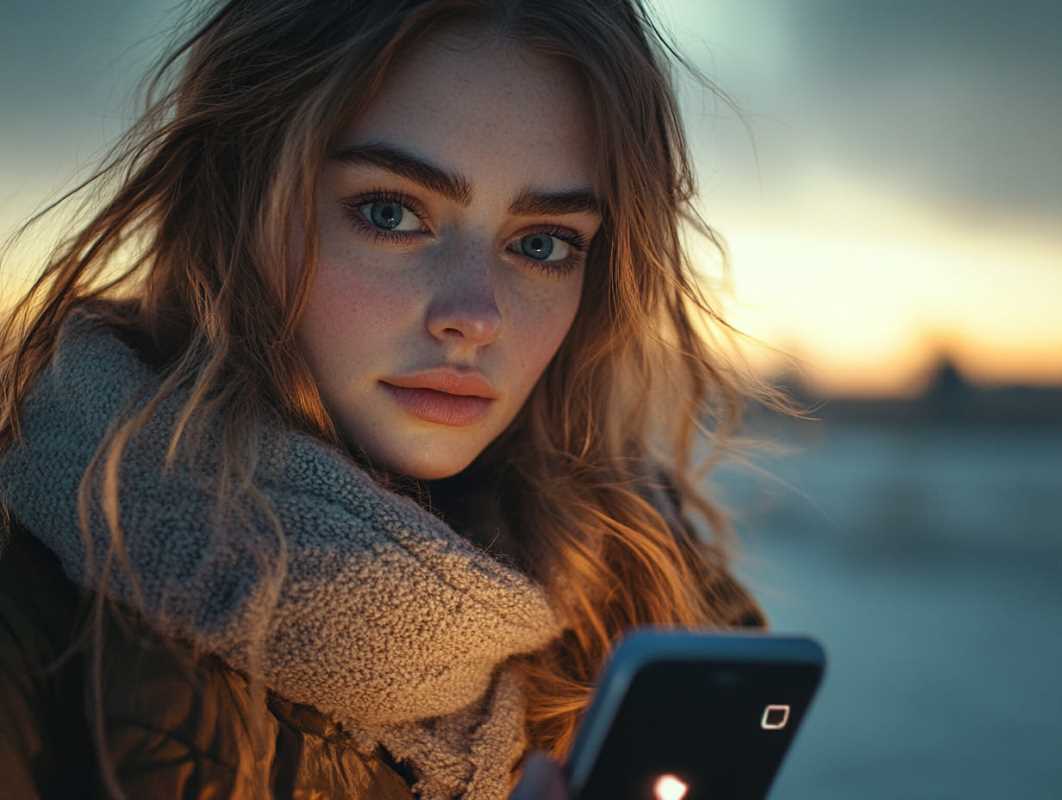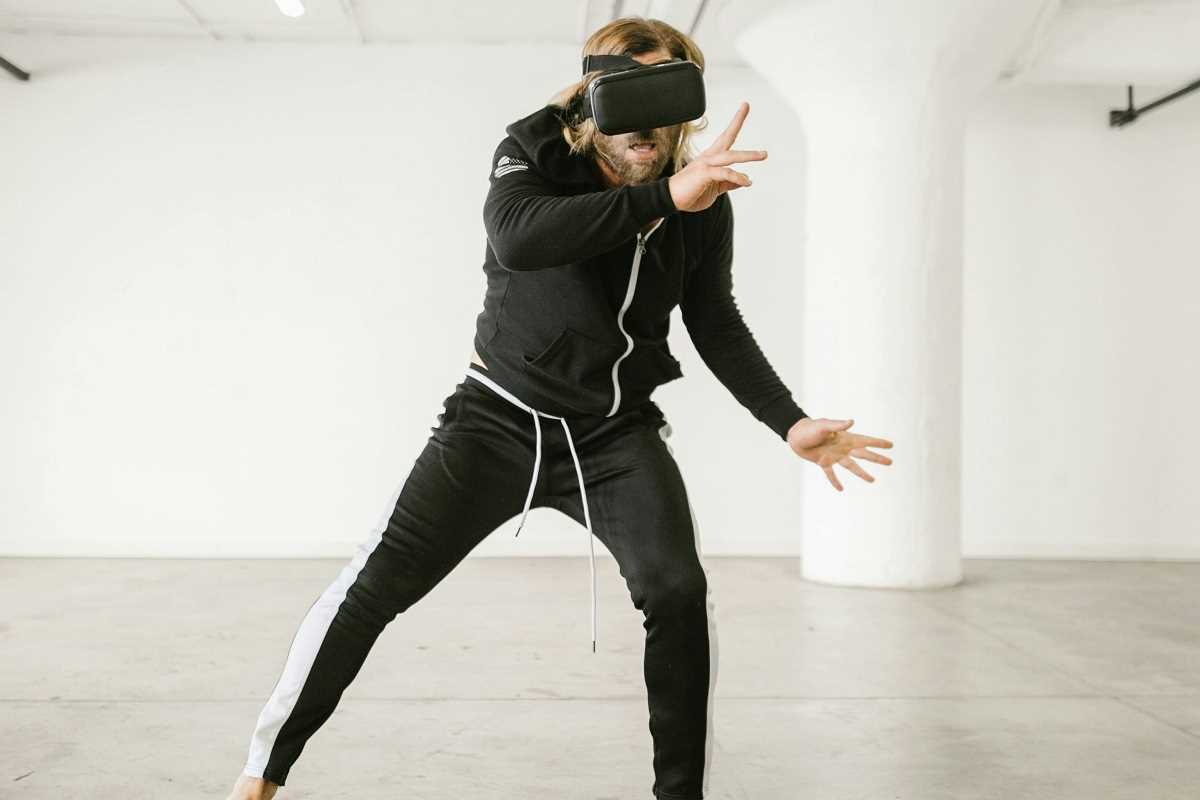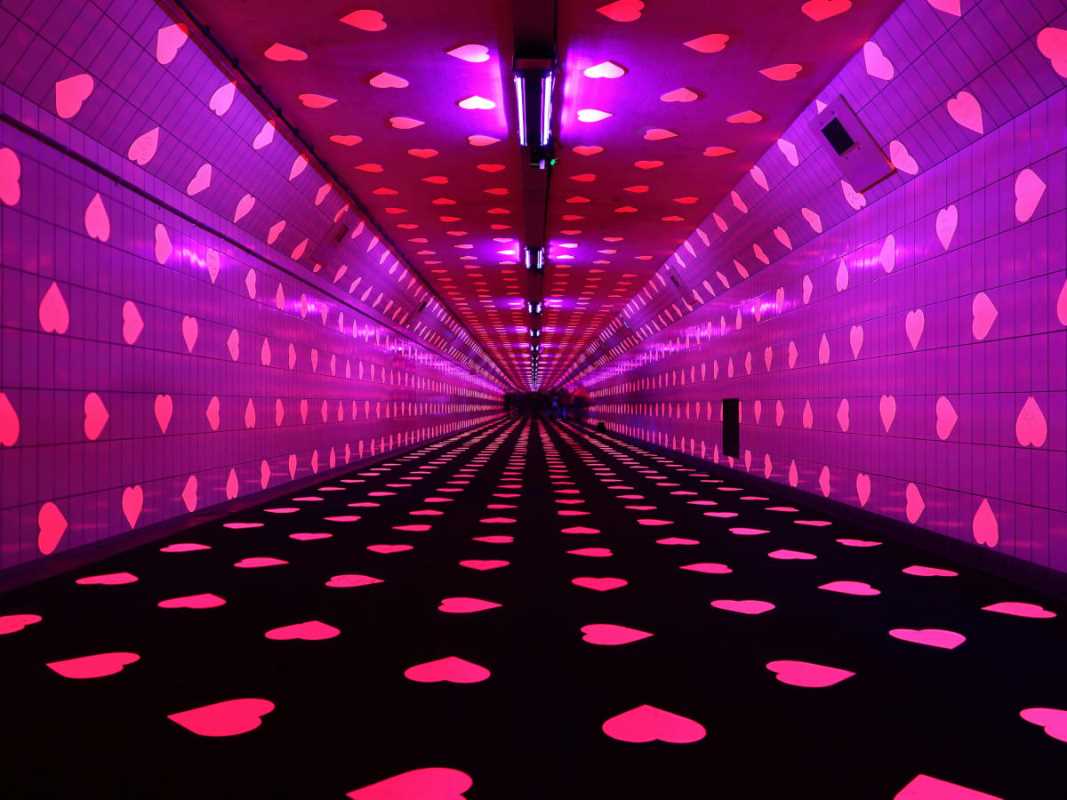Halloween has evolved from the days of basic pumpkin carving and sheet ghosts. Just like how we upgraded from trading pit shouting to algorithmic trading, the spooky season has gone high-tech. The modern Halloween enthusiast isn't just looking for candy corn and plastic skeletons anymore. They're after that alpha, the cutting-edge gadgets that transform an ordinary Halloween into a legendary experience that'll have the neighbors talking until Christmas. This tech revolution has created an entirely new market segment, with companies innovating faster than SPACs in 2021. Consumers are willing to shell out serious capital for these seasonal gadgets, with the Halloween tech market experiencing double-digit growth year over year. The ROI on these gadgets isn't measured in dollars but in screams, social media engagement, and neighborhood supremacy.
For the discerning Halloween investor looking to allocate capital efficiently this spooky season, we've compiled the definitive list of high-performing tech assets that offer the best bang for your buck. These gadgets represent the blue-chip stocks of Halloween tech, reliable performers with proven track records and strong upside potential. The following selections have been vetted through extensive market research, product testing, and user reviews, ensuring that your Halloween portfolio remains diversified yet focused on high-growth opportunities.
While traditional Halloween decorations depreciate faster than a tech stock after an earnings miss, these gadgets offer better long-term value with multi-season utility, software updates, and modular expansion options. Think of them as Halloween infrastructure plays, investments that continue to yield returns long after the initial capital expenditure. Now, let's dive into the ten tech gadgets that will deliver market-beating Halloween performance this season.
Smart Projection Mapping Systems
AtmosFX Digital Decorating Kits have revolutionized home Halloween displays like high-frequency trading revolutionized the market. These projection systems transform any surface, windows, walls, even garage doors, into dynamic, animated Halloween scenes that make traditional decorations look like penny stocks. The latest models feature 4K resolution, integrated motion sensors that trigger different animations when trick-or-treaters approach, and seamless looping that maintains the illusion throughout the night. The technology uses advanced projection mapping algorithms to conform the display to irregular surfaces, creating an immersive experience that appears to emerge from the architecture itself.
For those concerned about operational costs, the LED technology in modern projectors delivers significant power efficiency improvements, with electricity consumption reduced by up to 60% compared to traditional outdoor lighting setups. The modular content libraries mean you're not stuck with the same display every year, you can rotate your positions just like a smart portfolio, keeping the experience fresh for recurring visitors. Advanced users have even begun syncing multiple projectors to create seamless, house-encompassing narratives that progress as visitors move through the property.
The secondary market for these projection systems remains strong, with last year's models retaining approximately 70% of their value, substantially better than traditional Halloween decorations that typically have zero residual value. This liquidity allows users to upgrade their systems annually while recouping a significant portion of their initial investment, creating a sustainable upgrade path that mirrors the efficient replacement cycles in corporate IT infrastructure.
IoT-Enabled Interactive Haunted Environments
The drone market has discovered Halloween, and the results are flying off shelves faster than tech IPOs in a bull market. Specialized Halloween drones like the Ghost Drone XL and Phantom Flyer represent a new asset class in the Halloween portfolio, aerial platforms that expand the scare experience into previously unutilized vertical space. These units feature specialized payloads including ghostly fabric extensions, LED light arrays, and high-definition speakers that project screams and laughter from overhead. The latest models include autonomous flight patterns specifically designed for Halloween applications, with "haunt loops" and "dive bomb" maneuvers that create predictable yet frightening experiences.
The market has diversified with several specialized drone categories:
- Payload carriers that can drop small candies or lightweight Halloween props
- Illumination specialists with programmable LED arrays that create floating light shows
- Character drones disguised as bats, ghosts, or witches with realistic movement patterns
- Surveillance units that capture visitor reactions for social media content creation
- Swarm-capable models that work in coordinated groups for complex aerial choreography
Battery technology remains the primary constraint in this sector, with flight times typically limited to 20-30 minutes before requiring a battery swap. Market leaders have addressed this limitation with quick-change battery systems and charging stations that minimize downtime. Advanced users often employ rotation strategies, cycling multiple drones throughout the evening to maintain continuous aerial presence, essentially running a drone trading desk where units are constantly entering and exiting active positions.
The competitive landscape in Halloween drones has intensified, with traditional drone manufacturers entering the seasonal market while Halloween specialty companies develop their own proprietary platforms. This competition has accelerated innovation cycles while exerting downward pressure on prices, creating a buyer's market for consumers. The secondary applications of these systems, particularly for home security and entertainment during other seasons, provide additional utility that helps justify the capital expenditure.
AI-Powered Animatronics
Material science innovations have dramatically improved the physical presence of these systems, with silicone-based skin materials, micro-pneumatic facial control systems, and carbon fiber internal structures that enable more natural movements. These improvements address the "uncanny valley" problem that limited the effectiveness of previous generations, creating more convincing characters that sustain belief throughout the interaction. Maintenance requirements have been reduced through modular design approaches that allow for component-level replacement rather than wholesale unit replacement when failures occur.
The interconnectivity of these systems represents perhaps their most significant advancement, with API access that allows integration with other Halloween technologies including lighting systems, sound effects, and environmental controls. This interoperability creates platform effects similar to those seen in successful tech ecosystems, where the value of each component increases as additional compatible technologies are added to the environment. Forward-thinking Halloween investors are already creating fully integrated experiences where animatronics serve as the centerpiece of larger technological narratives.
Augmented Reality Halloween Experiences
The network effects in AR Halloween applications are substantial, with platforms gaining value as more users contribute content, location data, and social engagement. The most successful applications have created two-sided marketplaces where professional creators sell premium Halloween AR experiences while casual users generate and share free content. This creator economy mirrors successful platforms in other sectors, creating sustainable ecosystems with continuous content refreshes that maintain engagement throughout the season and beyond.
Hardware requirements have become less restrictive as processing capabilities in smartphones have increased, with most current-generation devices able to deliver compelling AR Halloween experiences without additional equipment. This accessibility has dramatically expanded the addressable market, with user bases growing at triple-digit rates year over year. Location-based features allow for geocached Halloween content, where specific AR experiences are tied to physical locations, creating scavenger hunt dynamics that increase engagement duration and encourage exploration.
Privacy considerations have shaped development in this sector, with leading applications implementing strict controls on data collection, facial recognition usage, and location tracking. These protective measures have helped the technology gain acceptance among privacy-conscious consumers and regulatory bodies, removing potential barriers to adoption. The most sophisticated platforms now include private instance creation, where users can develop custom AR Halloween experiences for specific locations and invite-only audiences, essentially creating walled gardens of Halloween content.
The integration capabilities of these platforms extend beyond pure entertainment, with commercial applications for retailers, haunted attractions, and theme parks. By providing SDK access, platform developers have created new revenue streams while expanding the utility of their core technology. This expansion into B2B markets represents a significant growth vector for the sector, with enterprise adoption driving technical innovation that eventually filters down to consumer applications, creating a virtuous cycle of advancement similar to other successful technology platforms.
 (Image via
(Image via





